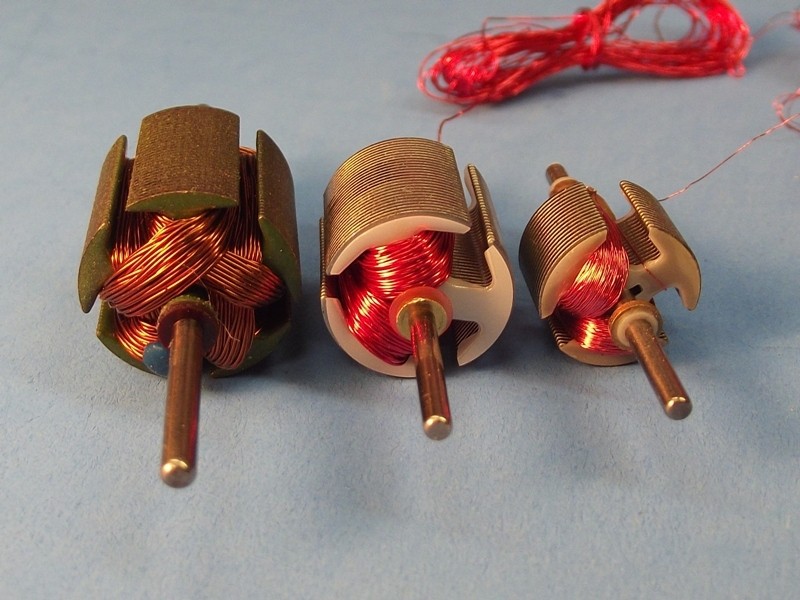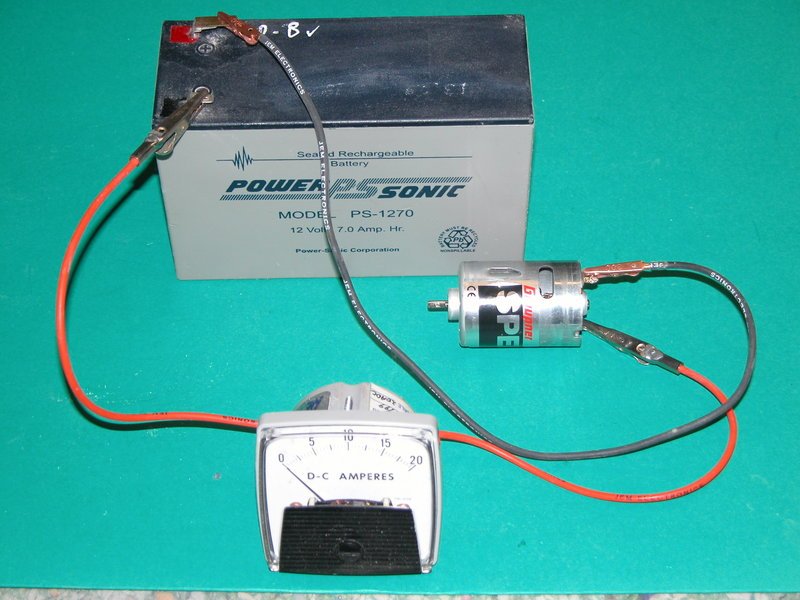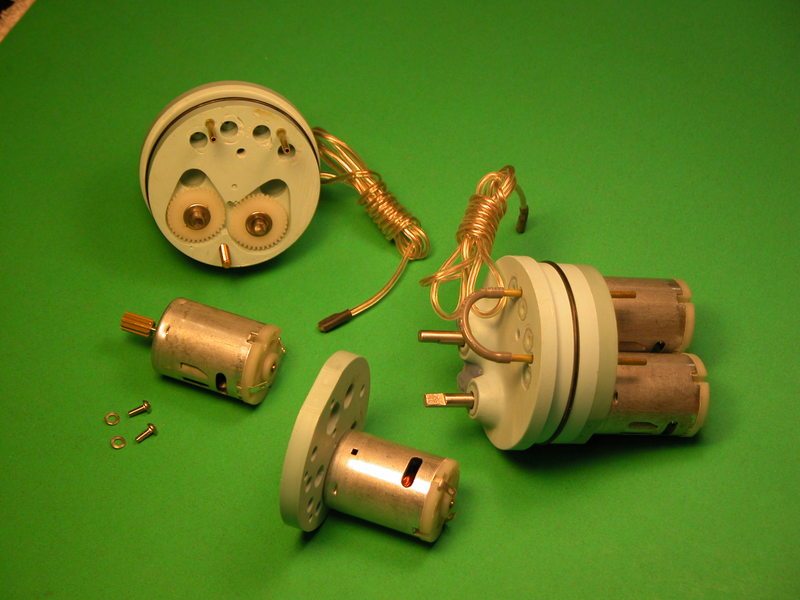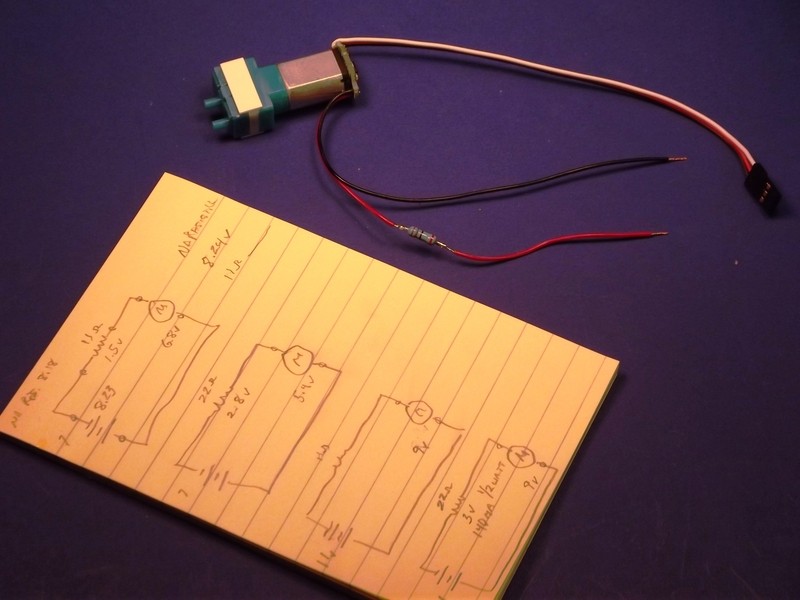I shorten and lengthen ALL my Servo leads, and any <=20AWG wire. JUST so easy.
Even works for single wires, male-female-shrink wrap....done.
Tools
Hansen Hobbies Connector Kits
Connectors and pins
Hansen Hobbies Miscellaneous Connectors
I buy 'em in 100 piece lots.
Cap'n Martin..ADD them to your product line!!
BECAUSE I'd rather purchase here and keep YOU around!


















Comment